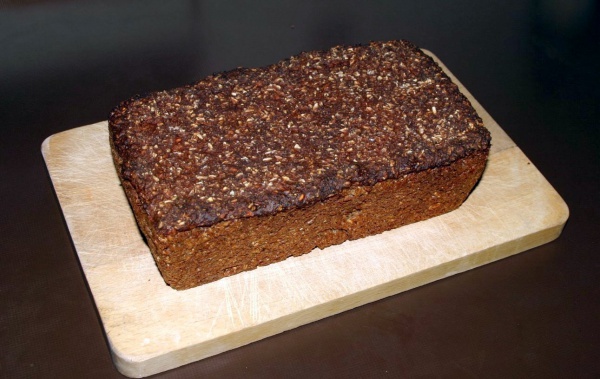Facts About Rúgbrauð
Rúgbrauð is a traditional Icelandic bread made from pure rye. Historically, it was baked in a pot or steamed in wooden casks buried near hot springs, earning it the nickname hverabrauð, or "hot-spring bread." Today, people typically bake rúgbrauð in a square pan, resulting in a crustless, dark, dense, and slightly sweet bread with a long shelf life.
This bread is often enjoyed with butter, mutton pâté, hangikjöt (smoked lamb), or pickled herring. Should it become dry, it can be mixed with buttermilk to make a porridge. If it goes stale, it can be used to make brauðsúpa, a dessert simmered with raisins and topped with whipped cream.
Consuming too much rúgbrauð can lead to flatulence, hence its humorous nickname "þrumari" or "thunderbread." There are also variations that include wheat and whole grains to make the bread less dense, resembling modern Danish rugbrød or German pumpernickel.
Rye became a key ingredient in Icelandic cuisine due to a trade monopoly imposed by the Danish king from 1602 to 1786. This historical context explains why rye bread holds such a prominent place in Iceland’s culinary tradition.
